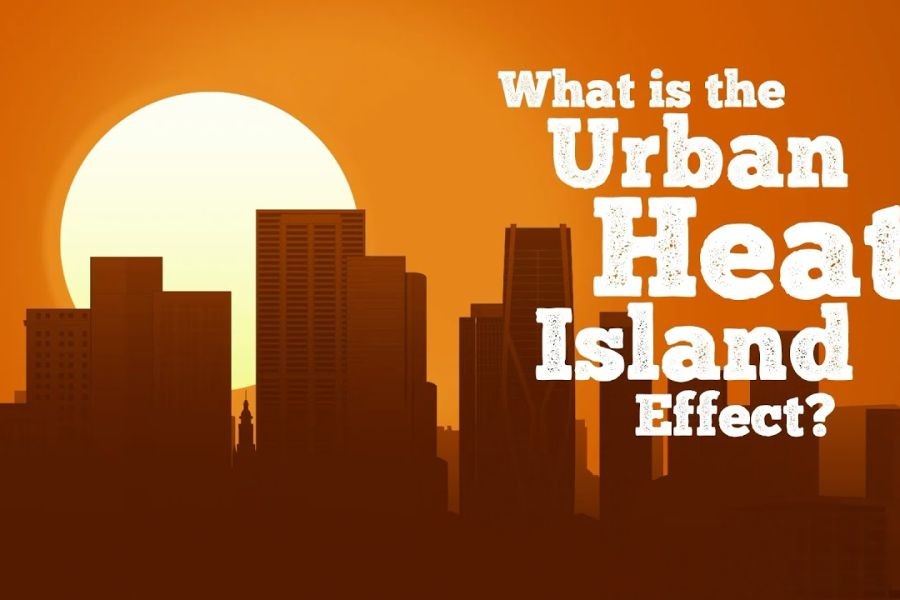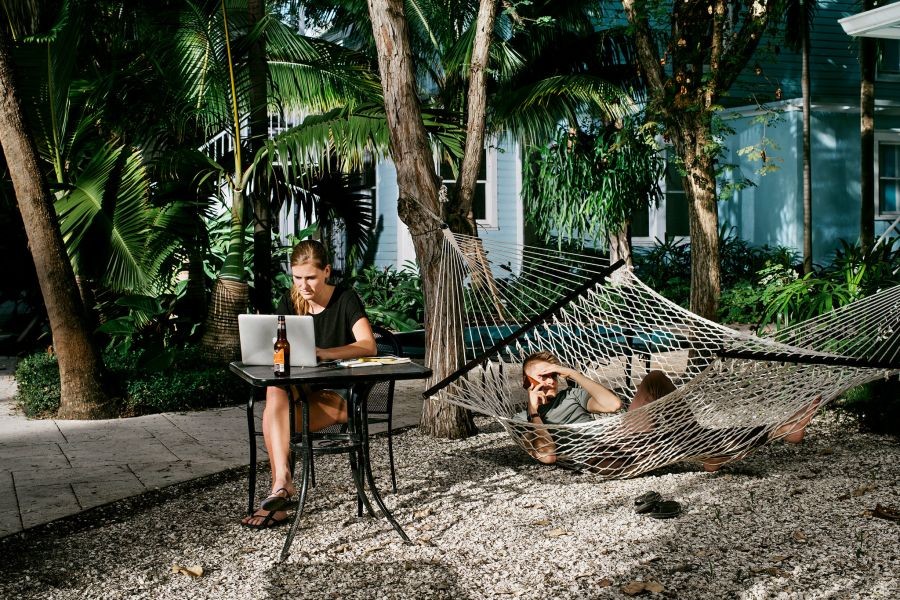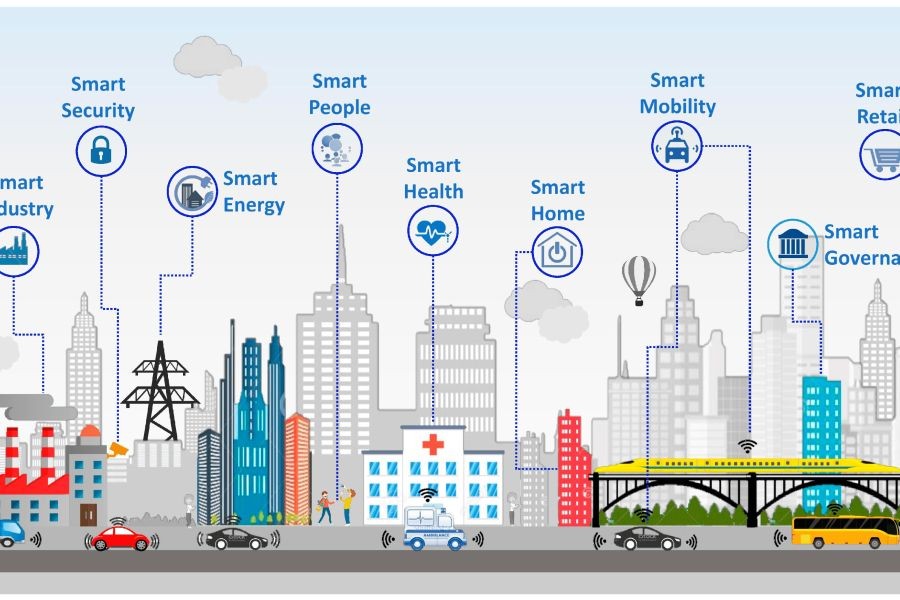In a rapidly warming world, Australian suburbs are increasingly turning into heat traps, a phenomenon with profound implications for urban living, public health, and infrastructure planning. As the continent grapples with rising temperatures, understanding the factors contributing to this transformation is crucial for policymakers, urban planners, and residents alike.
Understanding the Urban Heat Island Effect
The term "urban heat island" (UHI) refers to the temperature difference between urban areas and their rural surroundings. This phenomenon is particularly pronounced in Australia, where sprawling suburbs often lack the green spaces that mitigate heat. The Australian Bureau of Meteorology (BOM) notes that cities like Sydney and Melbourne can be up to 7°C warmer than their rural counterparts during peak summer months.
Factors Leading to Heat Traps in Australian Suburbs
- Dense Urban Development: The rapid urbanization in major Australian cities has led to increased impervious surfaces such as roads and buildings. These surfaces absorb and retain heat, exacerbating the UHI effect.
- Lack of Green Spaces: Many suburbs lack adequate green spaces or tree canopies, which are vital for providing shade and cooling the air through evapotranspiration.
- Energy Consumption: The increased use of air conditioning units contributes to heat generation, further warming urban areas. According to the Australian Energy Regulator, residential energy consumption spikes significantly during heatwaves.
Economic and Environmental Implications
Heat traps in Australian suburbs have far-reaching economic and environmental consequences. The Reserve Bank of Australia (RBA) highlights that increased energy demand during heatwaves strains the power grid, leading to higher electricity costs and potential blackouts.
Environmentally, heat traps exacerbate the effects of climate change by increasing greenhouse gas emissions. The Australian Climate Council reports that urban areas contribute significantly to carbon emissions, primarily through transportation and energy use.
Case Study: Melbourne's Urban Greening Initiative
Melbourne has implemented a successful urban greening initiative to combat the UHI effect. The city's "Urban Forest Strategy" aims to increase tree canopy cover to 40% by 2040. This initiative has already resulted in a 4°C reduction in urban temperatures during peak summer, highlighting the effectiveness of strategic urban planning.
Pros and Cons of Current Mitigation Strategies
Pros
- Improved Public Health: Reducing urban temperatures can decrease heat-related illnesses and mortality.
- Enhanced Biodiversity: Green spaces support local wildlife and increase urban biodiversity.
- Community Well-being: Parks and green areas offer recreational opportunities, improving quality of life.
Cons
- High Initial Costs: Implementing green infrastructure requires significant investment.
- Maintenance Challenges: Green spaces need ongoing maintenance, which can be resource-intensive.
- Potential Land Use Conflicts: Expanding green areas may compete with other land uses, such as housing or commercial developments.
Future Trends and Predictions
Australia's commitment to the Paris Agreement and its net-zero emissions target by 2050 will drive more sustainable urban planning practices. The Australian Treasury predicts a shift towards greener building designs and materials, with increased investment in solar energy and sustainable infrastructure.
Furthermore, advancements in technology, such as smart city initiatives, will play a pivotal role in managing urban heat. The integration of IoT devices to monitor and optimize energy use can significantly reduce the urban heat footprint.
Myths and Misconceptions
- Myth: "Air conditioning is the best solution to combat heat." Reality: While air conditioning provides immediate relief, it contributes to heat generation and increases energy costs. Sustainable solutions like urban greening offer long-term benefits.
- Myth: "Urban heat is only a summer problem." Reality: While heat is most pronounced in summer, the UHI effect can affect urban climates year-round, impacting energy use and air quality.
Conclusion
Addressing the challenge of heat traps in Australian suburbs requires a multifaceted approach that integrates urban planning, technology, and community engagement. By prioritizing sustainable design and green infrastructure, Australia can mitigate the impacts of urban heat and enhance the resilience of its cities.
Engage with us in the comments: What strategies do you think should be prioritized to combat urban heat in your community?
People Also Ask (FAQ)
- How does urban heat affect health in Australia? Urban heat can lead to increased heat-related illnesses, particularly among vulnerable populations such as the elderly and those with pre-existing health conditions.
- What are effective ways to reduce urban heat? Implementing green roofs, increasing tree canopy cover, and using reflective building materials are proven methods to reduce urban heat.
Related Search Queries
- Urban heat island effect Australia
- Heat mitigation strategies for cities
- Urban greening initiatives in Melbourne
- Climate change impact on Australian cities
- Sustainable urban planning Australia






























